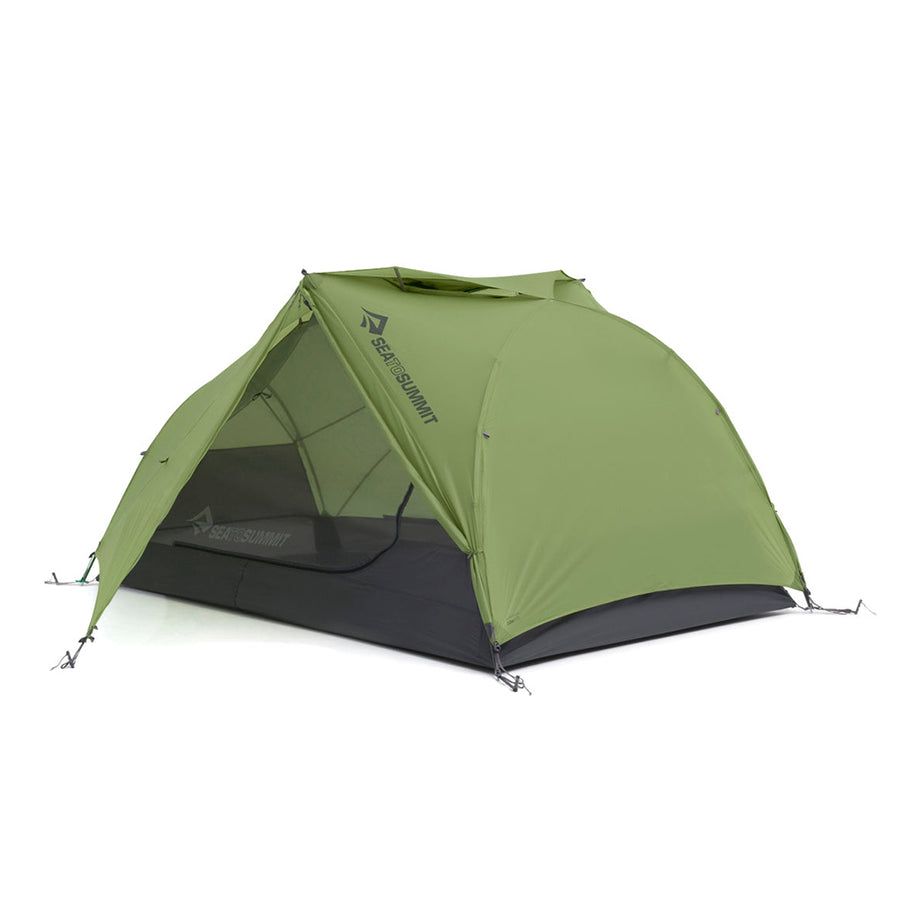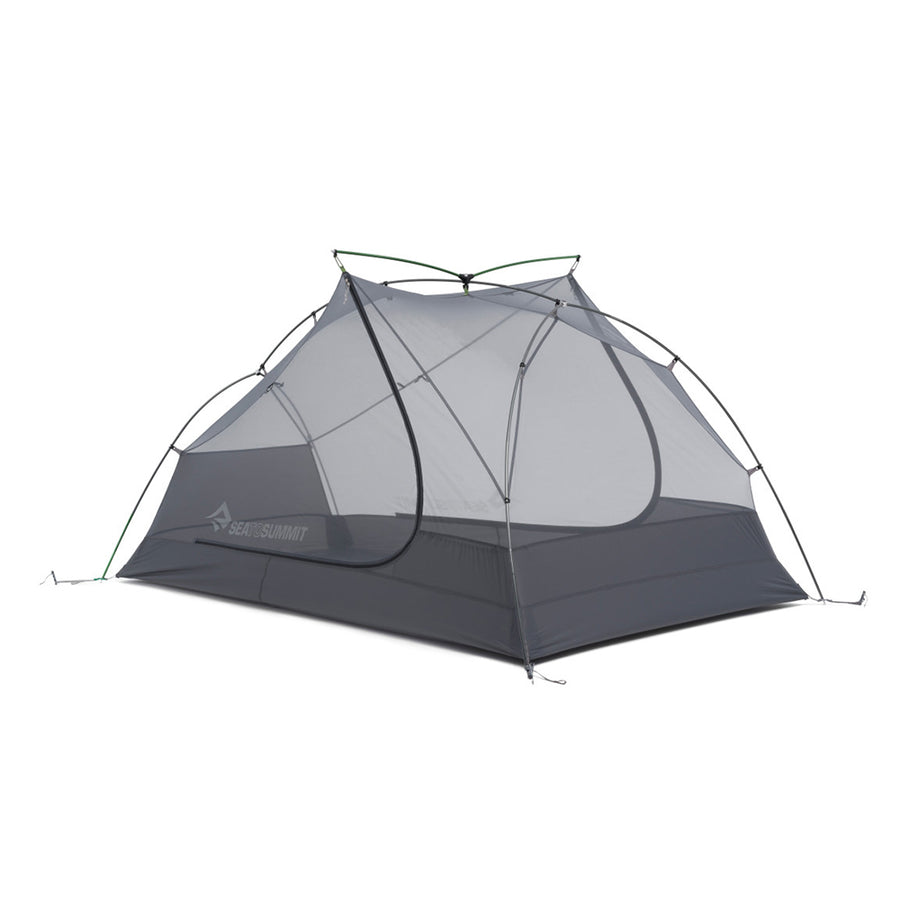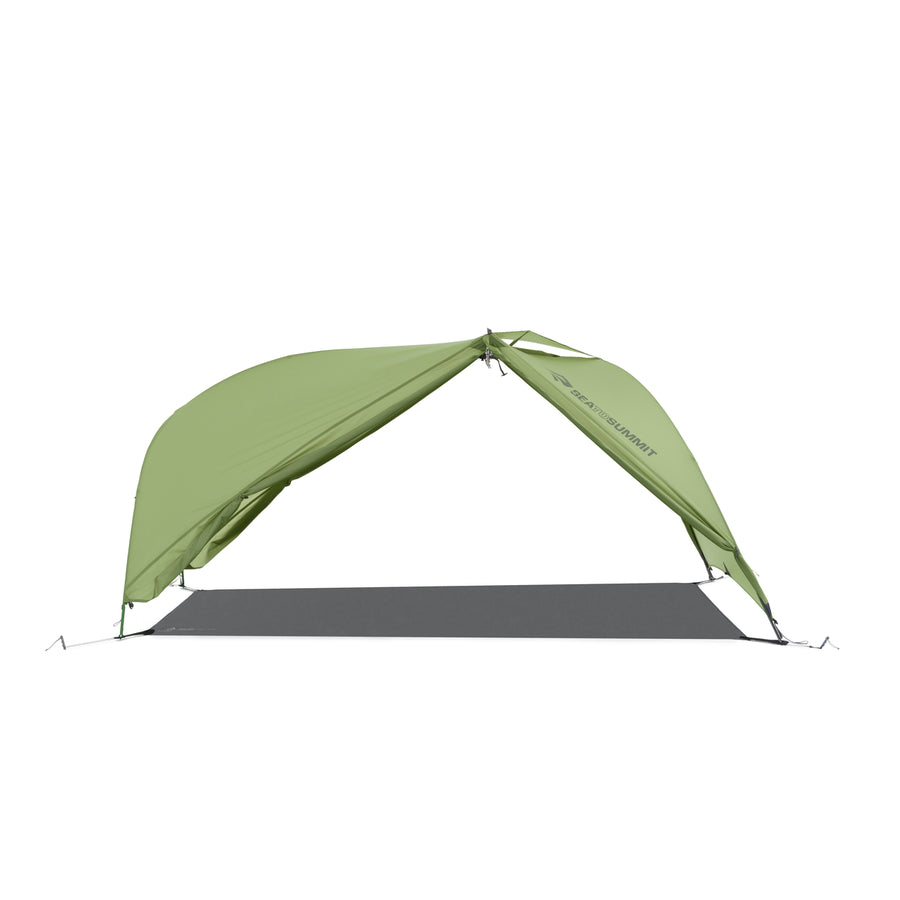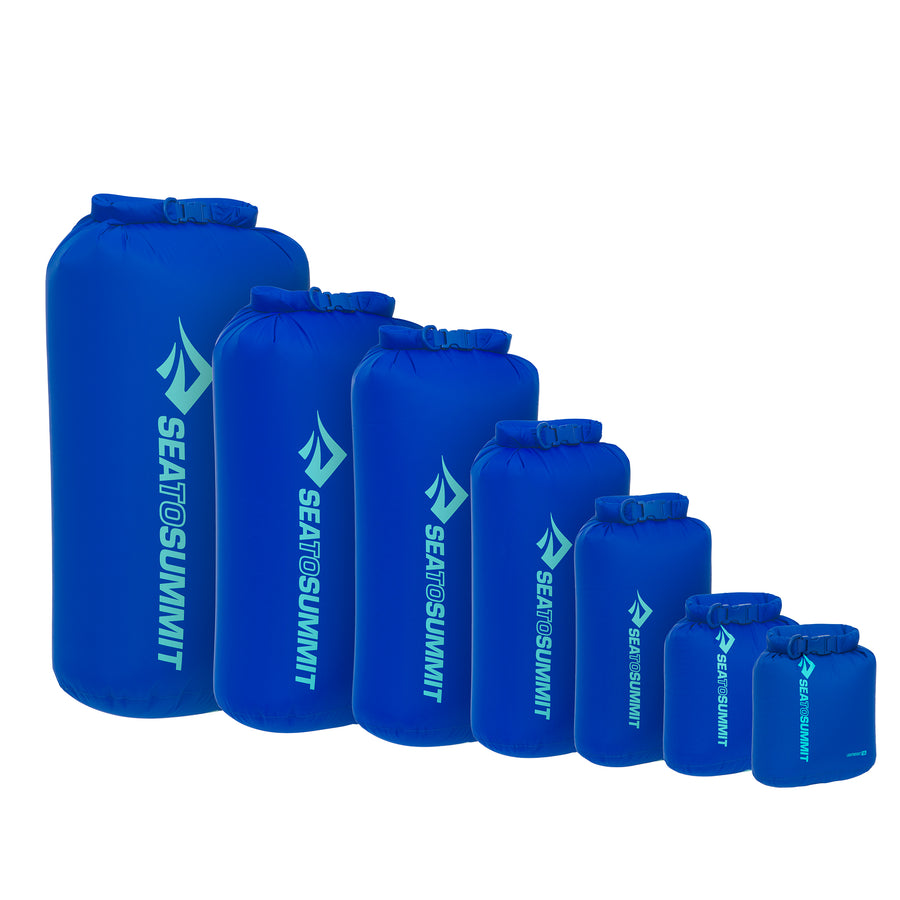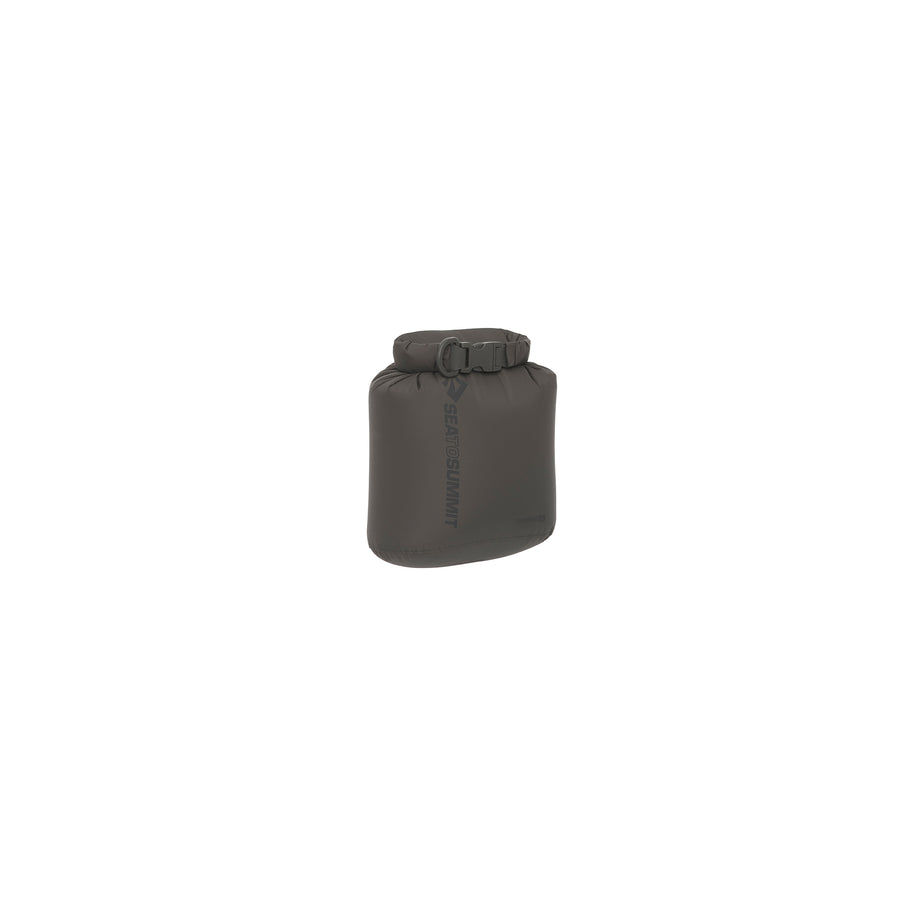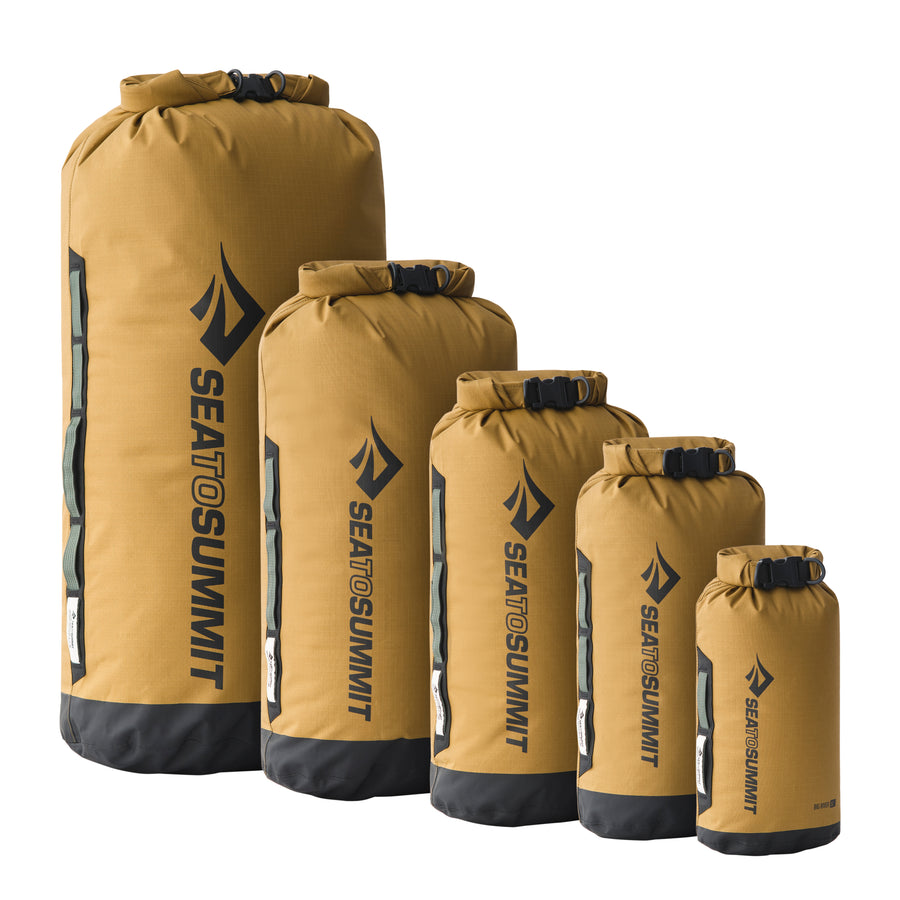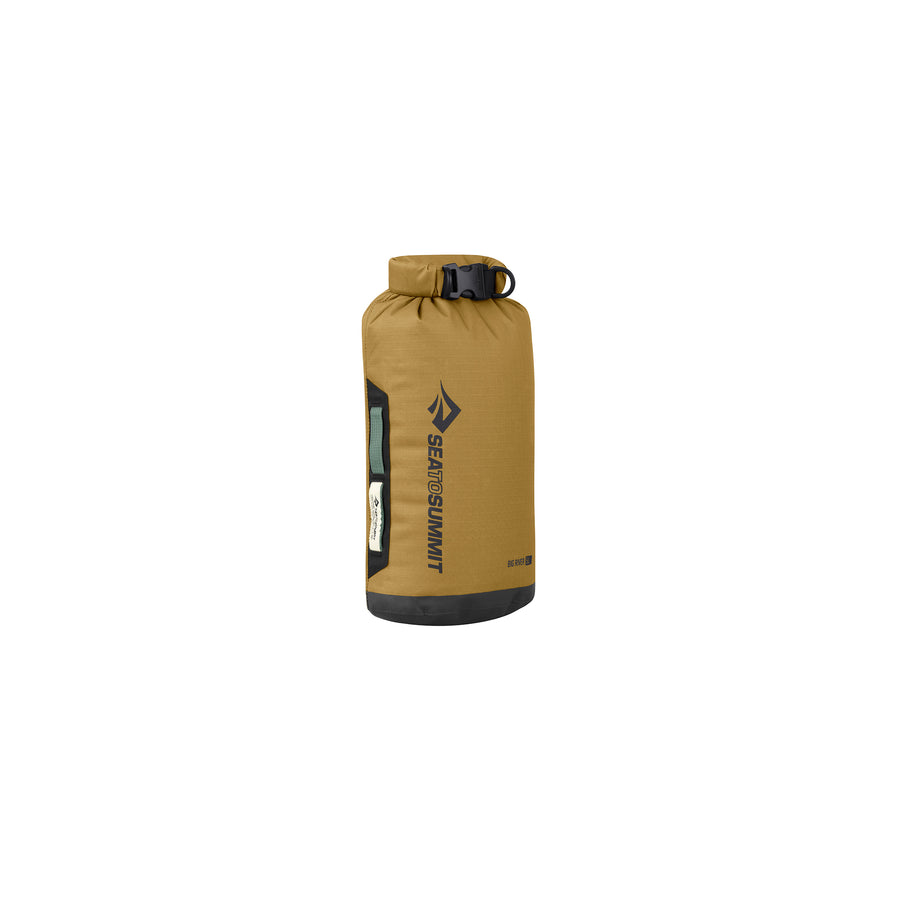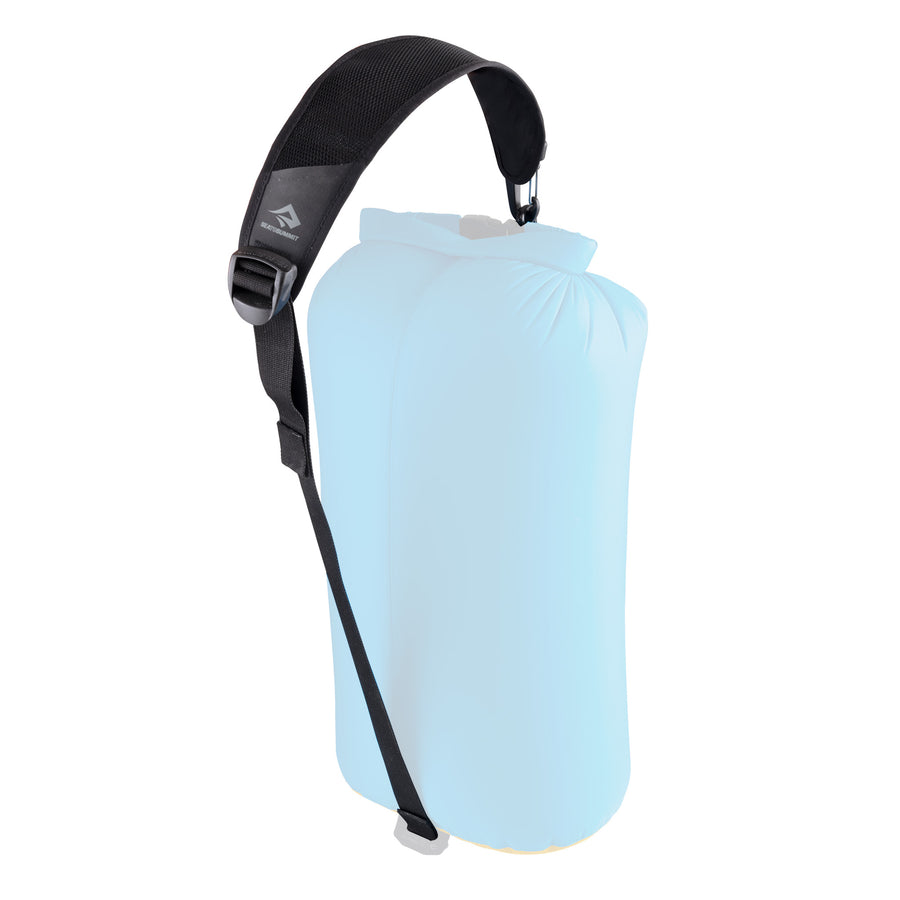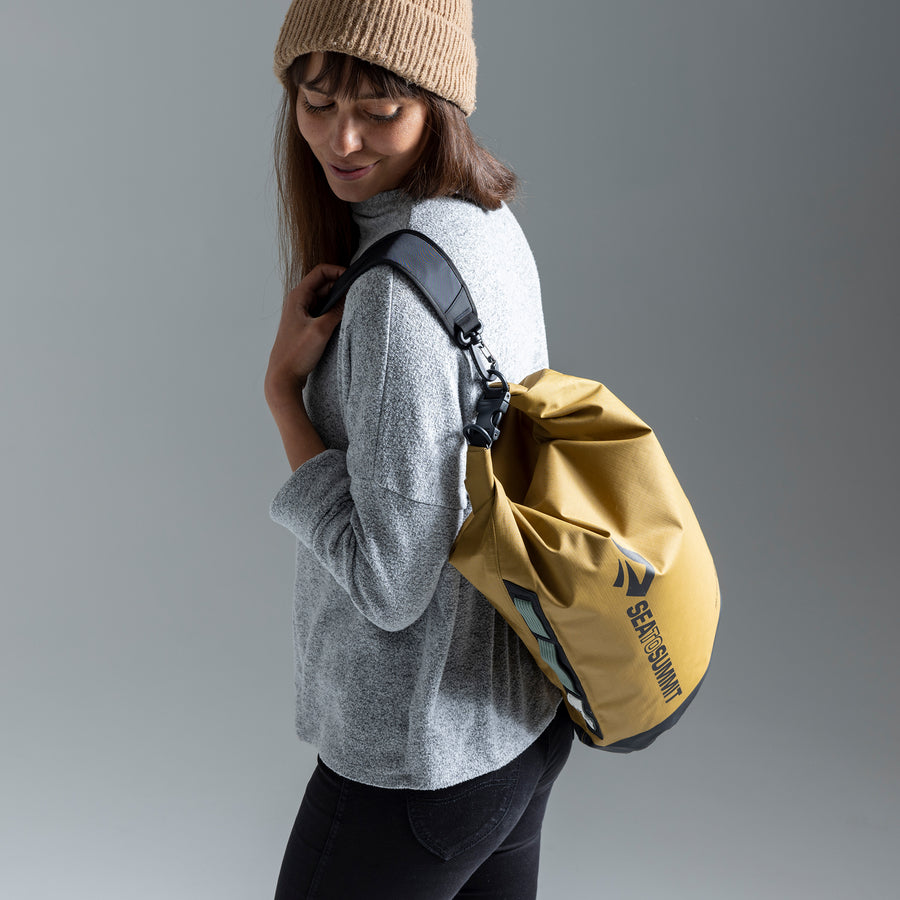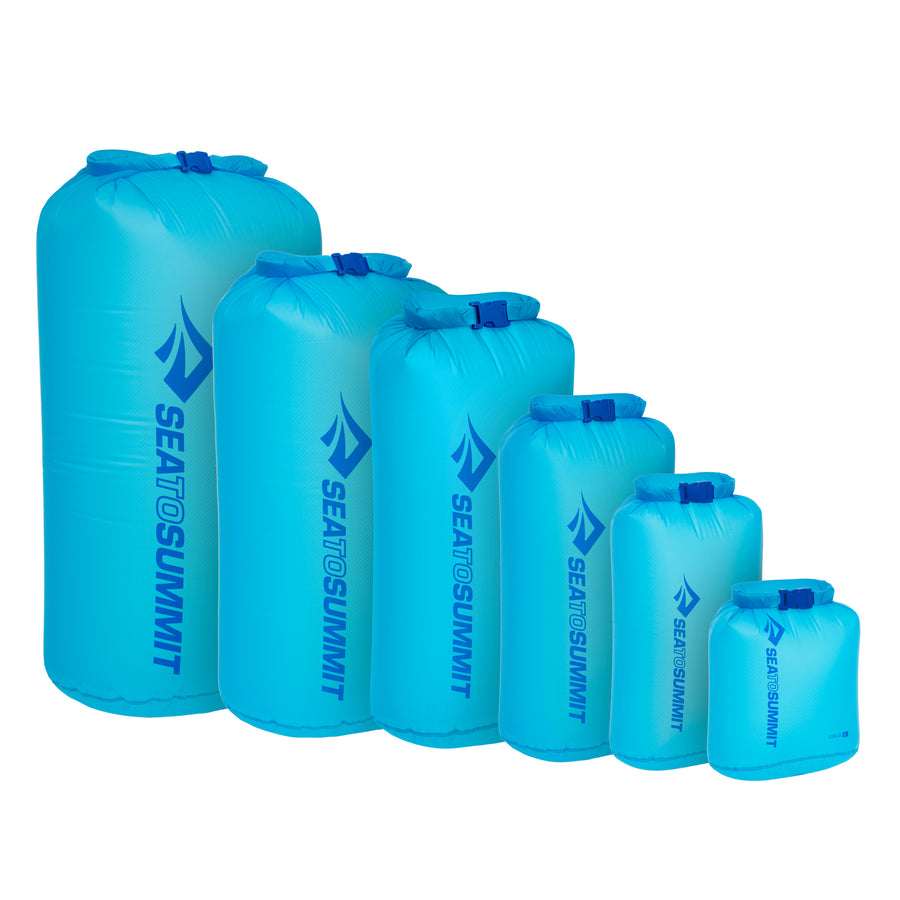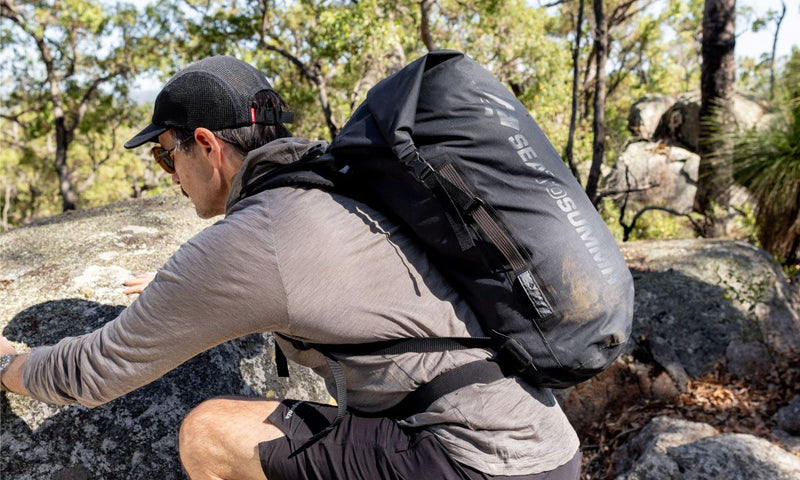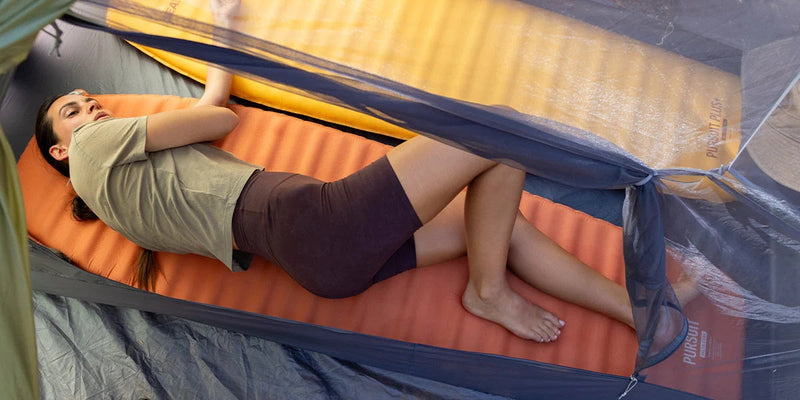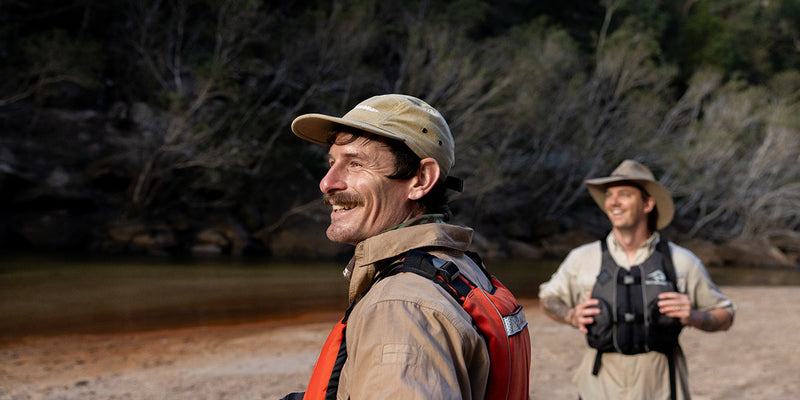What can make or break an expedition
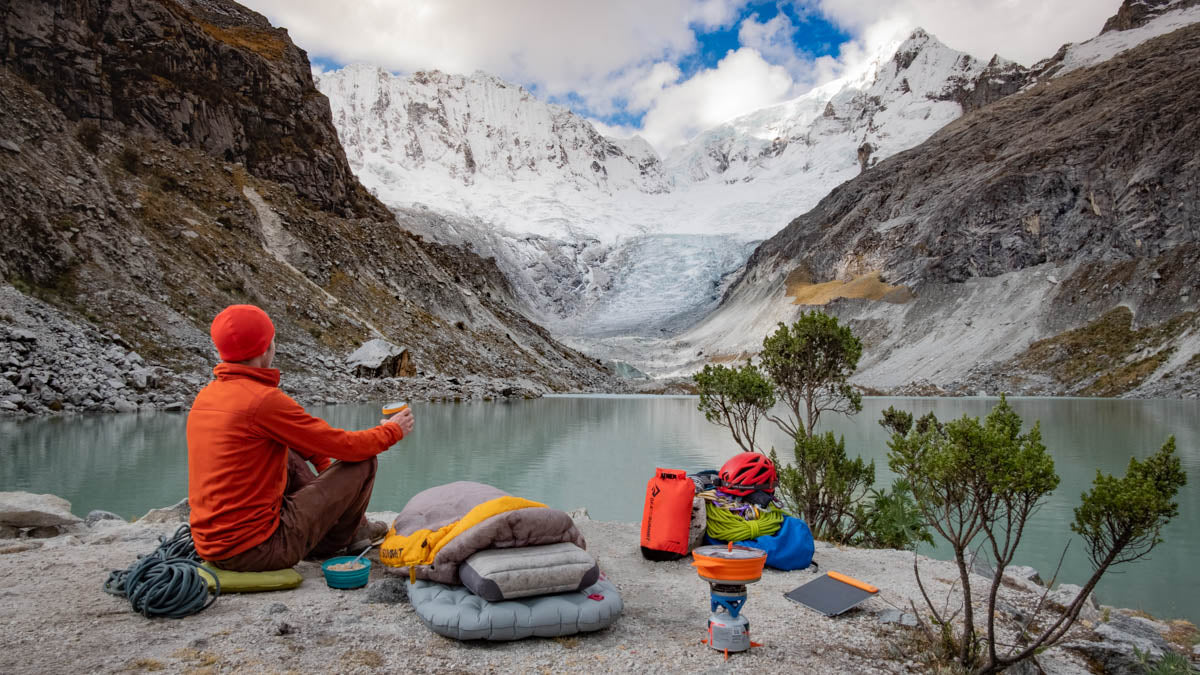
I’ve learnt that the mistakes we make on our outdoor exploits are rarely unique or special. In fact, it’s almost certain they’ve been made by someone before.
We can learn a lot from our missteps on our adventures—and sometimes even avoid the pain altogether by learning from someone else’s experience. I’ve learnt a lot from others, as well as my own successes and foibles and I’ve distilled this down into three bits of advice for your next outdoor expedition.
No amount of good advice can guarantee a successful expedition, of course, but identifying expectations, working on communication within the team, and seeking out the advice of locals will go a very long way.

1. Identify expectations
In June, I was preparing for a six-week ANU Mountaineering Club (ANUMC) expedition to Peru. In my planning, I had scoured the internet for information, gained local contacts and read through the available guidebooks. I even tried learning some Spanish!
This trip had one massive element of the unknown—my three team members. I had climbed with only one of them before but the guy I knew vouched for the others.
I was confident in their ability, but nonetheless wanted to ensure we’d all have an enjoyable and safe trip together. So I called my mate Zac Zaharias, a highly-regarded Aussie mountaineer. He invited me for a coffee and offered some excellent words of advice to me—identify the group’s expectations.
By ‘expectations’, I mean the outcomes everyone is hoping to achieve. It’s also important to know how to prioritise these. One team member might value the summit above all else, while another may place greater value on the retention of their fingers and toes.
Fail to identify expectations early and you might encounter friction when planning and managing the team during critical moments.
‘We each knew, in theory, what to expect from each other. In practice—in the face of all those variables that come with mixing humans and nature—we needed to adjust our expectations along the way.’
I encountered this kind of friction before on a mountaineering course I attended in New Zealand with two of my friends. We were all there to learn. Yet, during the course, our interests diverged and the tension grew.
My priority was to learn everything I could, while my two friends cared more about the overall experience. One of them didn’t value learning at the cost of discomfort, and was less motivated during long, strenuous days. The other was big into capturing moments on the trip—dedicating considerable time to taking photos.
No person’s goals, priorities or expectations are less worthwhile than another’s. But because our motivations didn’t always align, I became frustrated when the photo-taking delayed periods of instruction, and when one of my friend’s attention-to-safety began to slip. In turn, my friends became frustrated with me.
Identify team expectations early
Your expectations could be entirely non-compatible, affecting the safety of the team or making goal setting difficult. If you identify different motivations early, you can plan a strategy that accommodates everyone and avoids friction.
For my expedition to Peru, our team discussed many aspects beforehand; how much risk everyone felt comfortable with, our concerns, the mountains that most interested us and our preferred style of climbing. Did we want to bring more climbing gear and progress slower or haul less gear and move faster?
This all led to a plan that suited the whole team—or so we thought.
In theory, we know what to expect from each other. In practice—in the face of all those variables that come with mixing humans and nature—we needed to adjust things along the way.
Be prepared to recalibrate your group expectations
In the face of various challenges that crop up along the way, sometimes strategy goes out the window.
When things weren’t going totally smooth, we had to iron out the issues. As a result, we climbed mountains that suited our shared level of risk and we split into smaller teams when objectives didn’t interest the entire party. As a result, we completed the 43-day expedition satisfied with our efforts and happy as a team.

2. ‘It’s not reality unless it’s shared’
I’ve taken this quote from Pete Blaber’s book The Mission, the Men, and Me. Pete was a commander of ‘Delta’, an American elite Special Forces unit.
Bad decisions are made when information is not shared. Blisters are a perfect example. If a member doesn’t voice that they have a worsening hot-spot, and it isn’t managed early on, this ‘minor’ issue can quickly derail a project or become a safety issue. A good friend of mine once needed a helicopter rescue due to extreme blisters!
In Peru, we based ourselves at the township of Huaraz (3,000m/9,000ft). We had objectives up to 6,000m/19,700ft and the oxygen levels at these altitudes required acclimatisation. If not managed appropriately, altitude sickness can quickly transform into a medical emergency and even lead to death.
‘Sometimes the adventure lies in exploring something without directions—and hopefully any ‘mistakes’ just become good fireside stories.’
A common strategy is to hike to a higher altitude, then sleep at a lower altitude, allowing the body to adjust before progressing higher. But I struggled to acclimatise at the same rate as my team.
The others were feeling fine, and were keen to increase altitude at a rate beyond my ability. I, however, had to put my ego aside and be upfront with them about my situation.
We extended the acclimatisation schedule and still achieved our summits. If I had kept this to myself, I could have become incapacitated, placing the entire team in a dangerous situation.
Decisions are made with the available information. If something changes with a team member’s health, mindset or energy levels, this needs to be shared. The team can then decide to make simple amendments to the plan to ensure the welfare of the team is paramount.


3. Listen to the Locals
You can learn things the hard way or you can easily learn from those who have come before you and have direct experience.
For the mountaineering expedition in Peru, we needed pack donkeys to haul our equipment up the valley to a basecamp. We planned to arrive at the trailhead and organise pack-donkeys there, which I believe was the advice given in the 2006 guidebook.
Prior to our departure, however, a local guide told us these must be organised in the town the day before. Turns out pack donkeys are not lined up, ready to go like a taxi rank.
We organised the donkeys through the farmers, who collected them from the fields. If we had just arrived without booking them in advance, we would have wasted an entire day.
It’s always valuable to learn from those who have intimate and up-to-date, local knowledge. Of course, a ‘local’ could just be a person who’s recently completed the same route—or even just a guidebook. The idea is simply to obtain the information required without bumbling your way along and making avoidable mistakes. In rock-climbing lingo, this is referred to as ‘beta’.
‘In the dark, we promptly veered slightly off course, and a couple of hours later we were standing on a cliff face—with our intended saddle below and the mountain across from us.’
It’s up to you how much ‘beta’ you choose to learn before your next adventure. It really depends on the consequences. Sometimes the adventure lies in exploring something without directions—and hopefully any ‘mistakes’ just become good fireside stories.
Yesterday, I was climbing a long meandering route with my partner. I offered him the guidebook but he was confident he’d find the way. Ten minutes later, he called down admitting he was lost. With the help of the guidebook, he found the way minutes later—the only thing lost was a bit of his pride.
In other situations, poor planning could mean disaster. Read about the 2016 story of Ondrej Petr and Pavlina Pizova hiking in New Zealand if you want an example. Confidence alone proves a poor protector against mountain conditions.

Shaqsha—a successful expedition
One of our climbs in Peru was the beautiful Shaqsha (5,703m/18,701ft), a mountain displayed on the cover of the famous Brad Johnson Guidebook, though it rarely sees many ascents.
Part of our intended route for our summit day included a final approach from below the glacier via a saddle between the mountain and an adjacent ridge. It was not visible in photos but looked straightforward in the guidebook and on the map. The day prior, we had walked to an area where we could inspect the mountain. However, the approach was still obscured by a large and complex rock-feature.
The next day, we left the tent at 2.30am, at which point I accidentally dropped my water bottle, leaving me with 1.5 litres. We chose to continue and share water if needed.
In the dark, we veered slightly off course, and a couple of hours later we were standing on a cliff face—with our intended saddle below and the mountain across from us.
We managed a 60m rappel off the cliff and were soon back on our intended route. It was dawn by then and we had lost several hours. Our team decided to continue to the summit despite our unintended detour. We would continue to reassess our upward plans throughout the day.
Navigating complex crevasses and a steep snow face, the climb was long and arduous but entirely spectacular. After successfully reaching the summit, we then had to safely get back down.
As the day continued, we became increasingly fatigued and were running low on water. However, our communication was exceptional, and we eventually returned to the tent at 8.30pm.

Thorough planning can never guarantee a smooth adventure. Things go wrong because they just do.
In this situation, we couldn’t have learnt anything more about the route we chose. It was just unlucky that we got off course. Similarly, we couldn’t have predicted breaking a water bottle. We all agreed our safe return was always of greater importance than the summit and we were prepared to retreat if the conditions required. Fortunately, we still made it to the top and back again—safely.
There are no guarantees out in the wild. It’s about being as preventive as possible—avoiding unnecessary errors when you can and mitigating the damage caused by the events you can’t completely avoid.
Listen to those locals, get the beta and communicate with your team. Reassess your plans when the situation changes.
And if your expectations include coming back with all your fingers and toes, make sure you do.
About Hugh Newall, The Narcoleptic Adventurer

Hugh spends his time skiing steeps and climbing peaks. Diagnosed a Type 2 Narcoleptic, his life was supposed to be a sleepy one but he’s been too busy running two ultramarathons, completing a mountaineering expedition to Peru and a season skiing steeps in the Australian backcountry. And that’s just 2019.
Hugh is currently rock climbing at Mt Arapilies. He’ll finish the year climbing mountains in New Zealand. His professional background lies in Project Management and Business Operations.
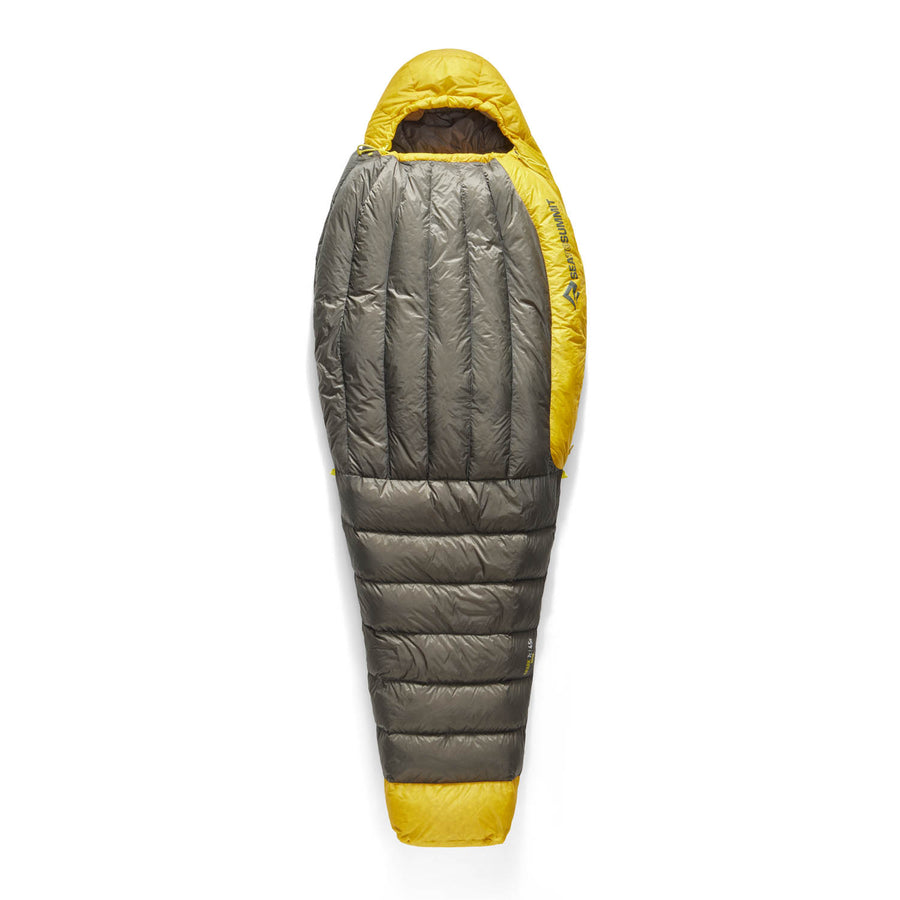
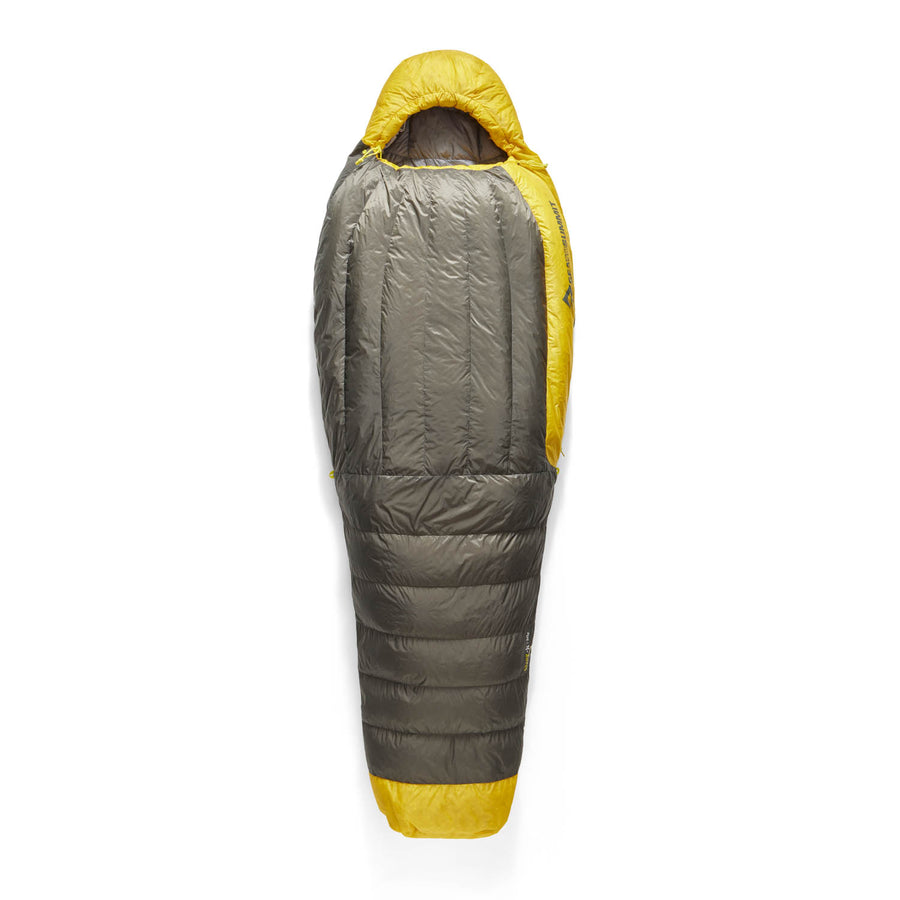
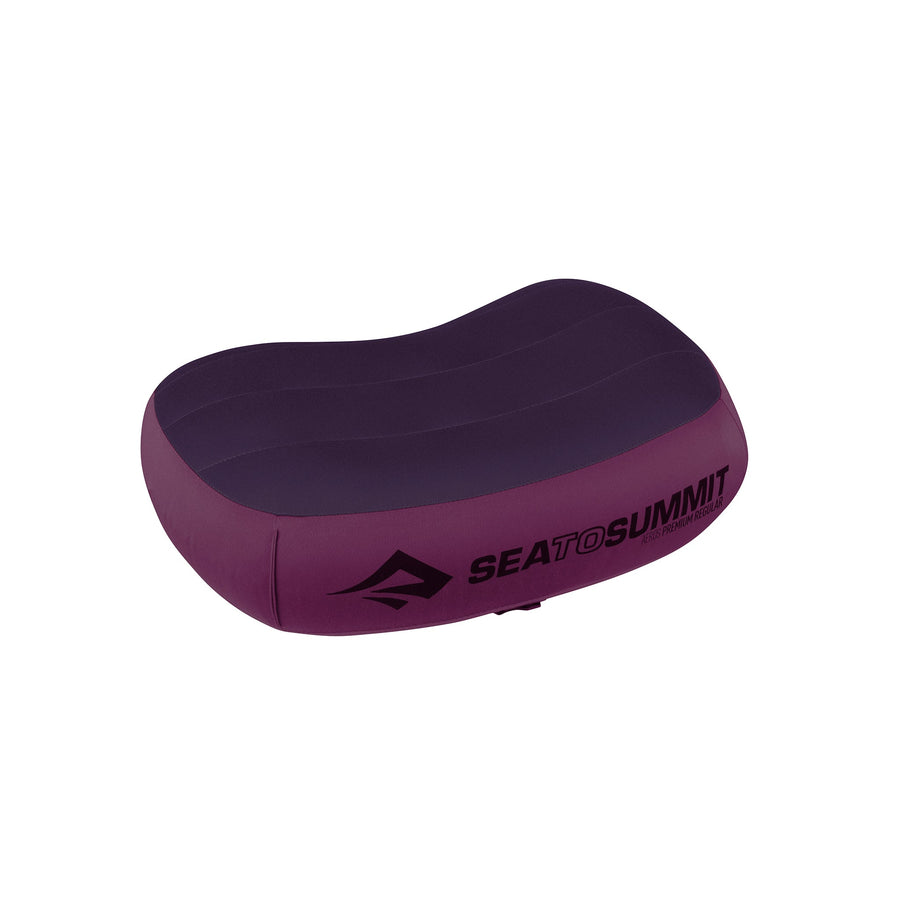
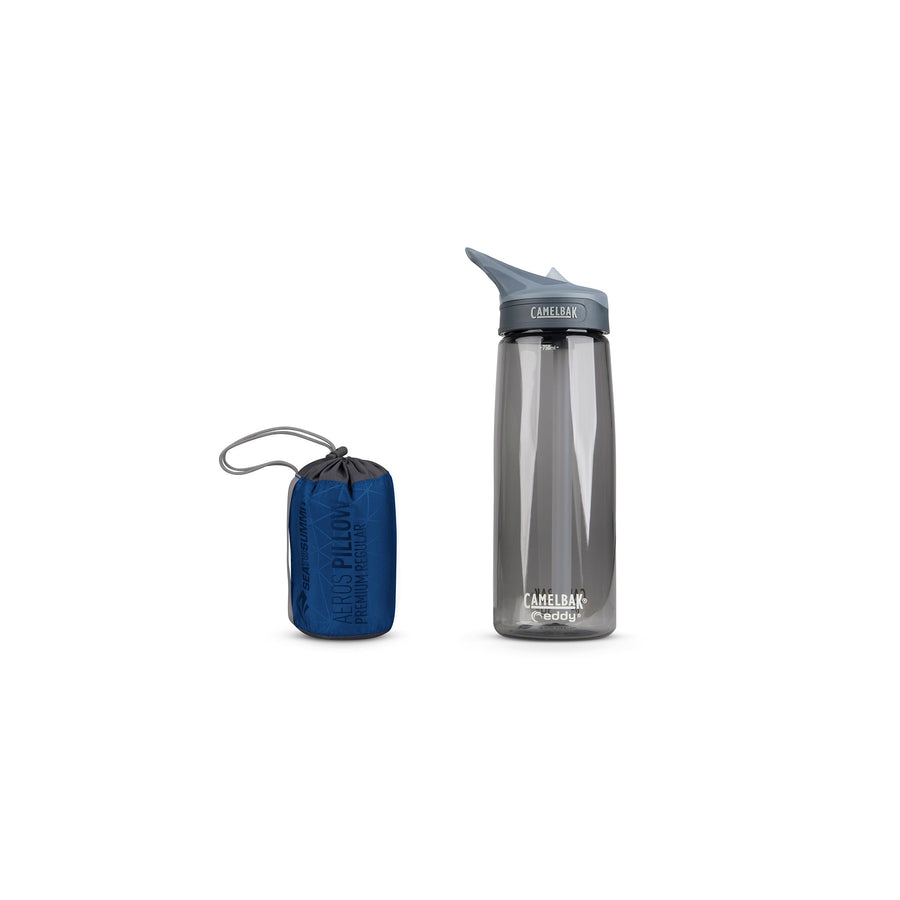


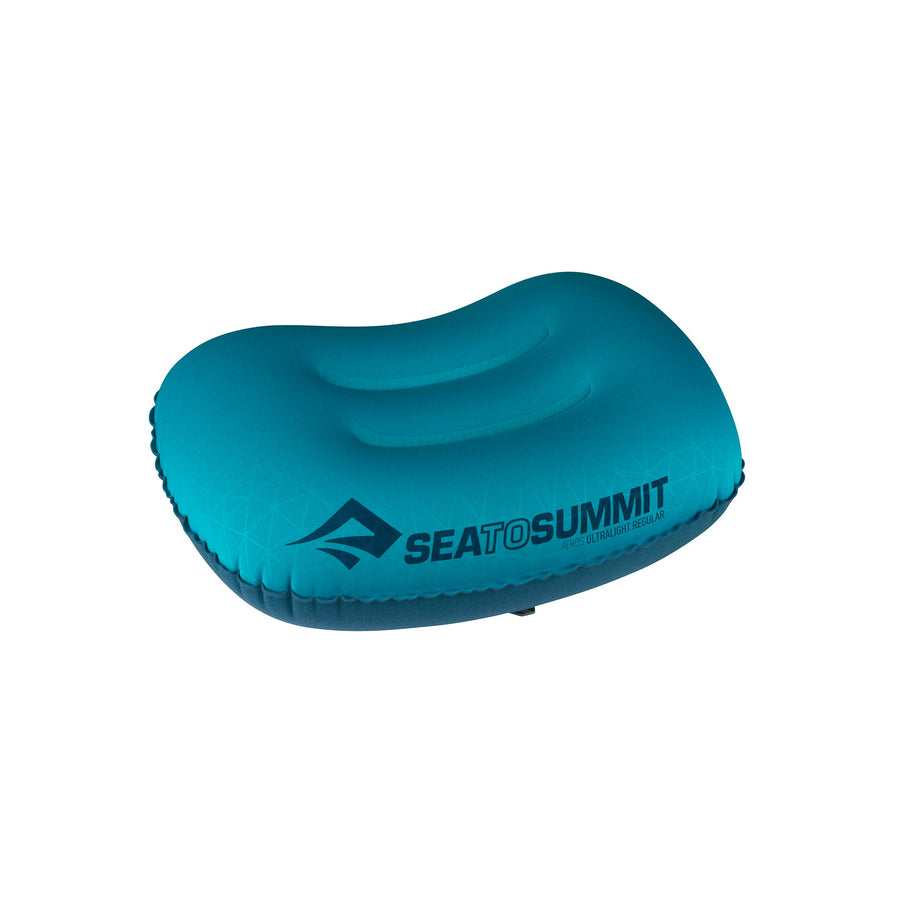
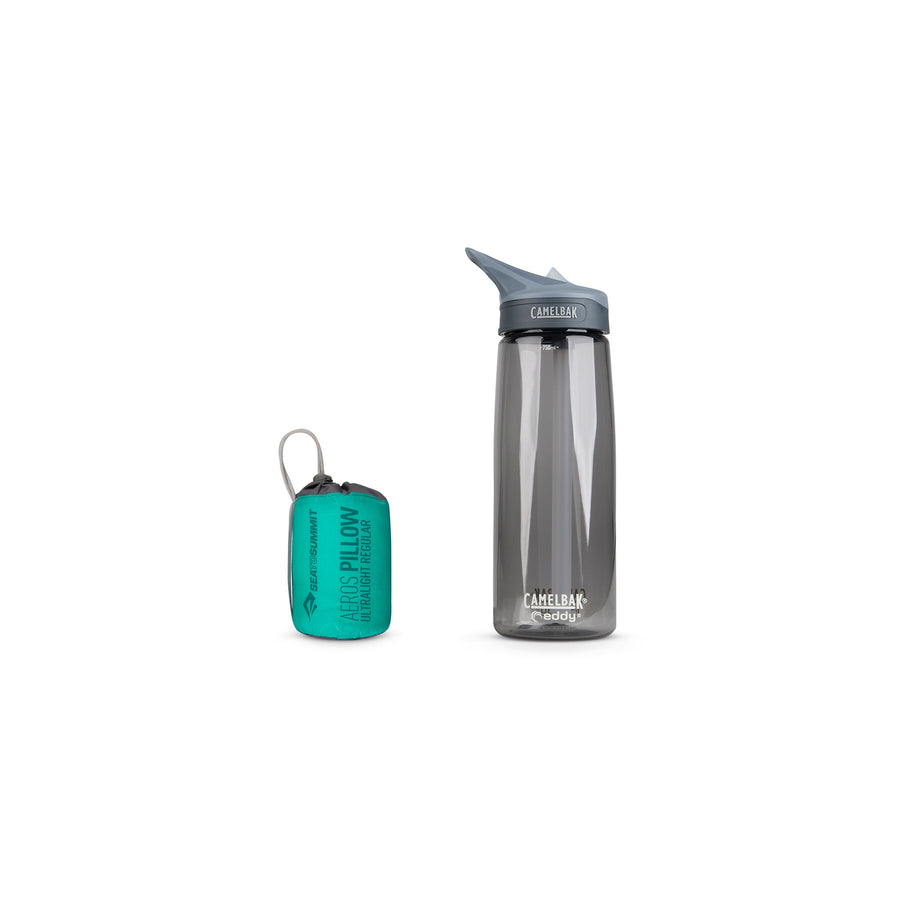
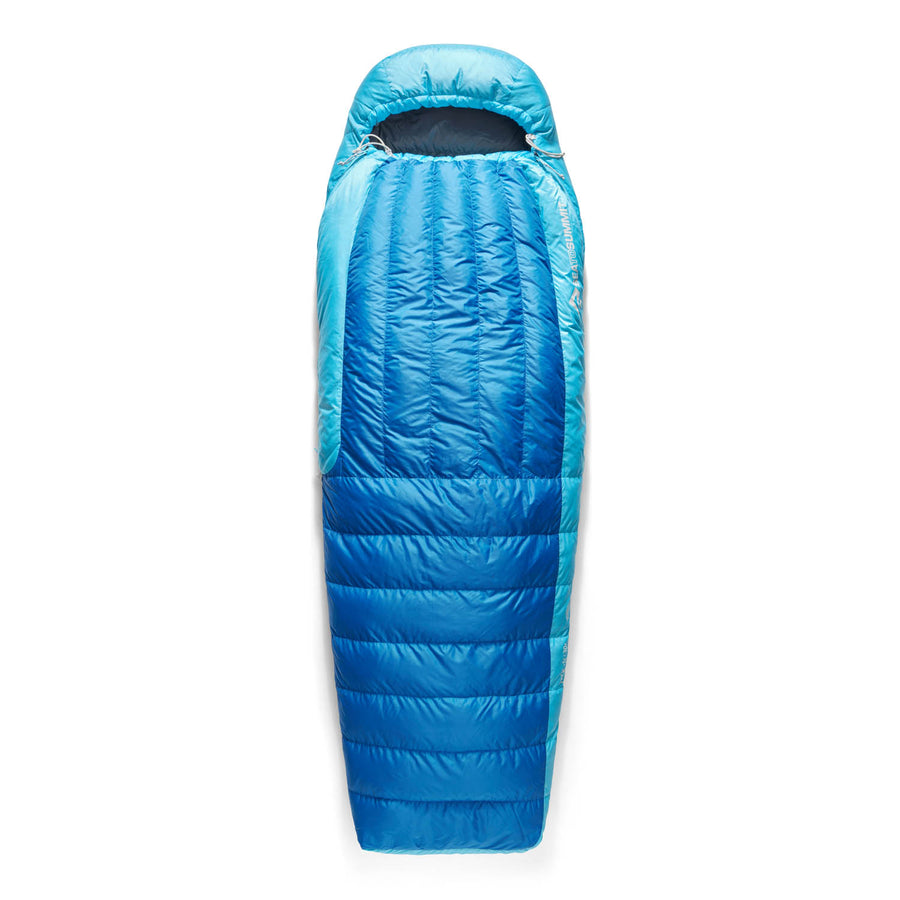
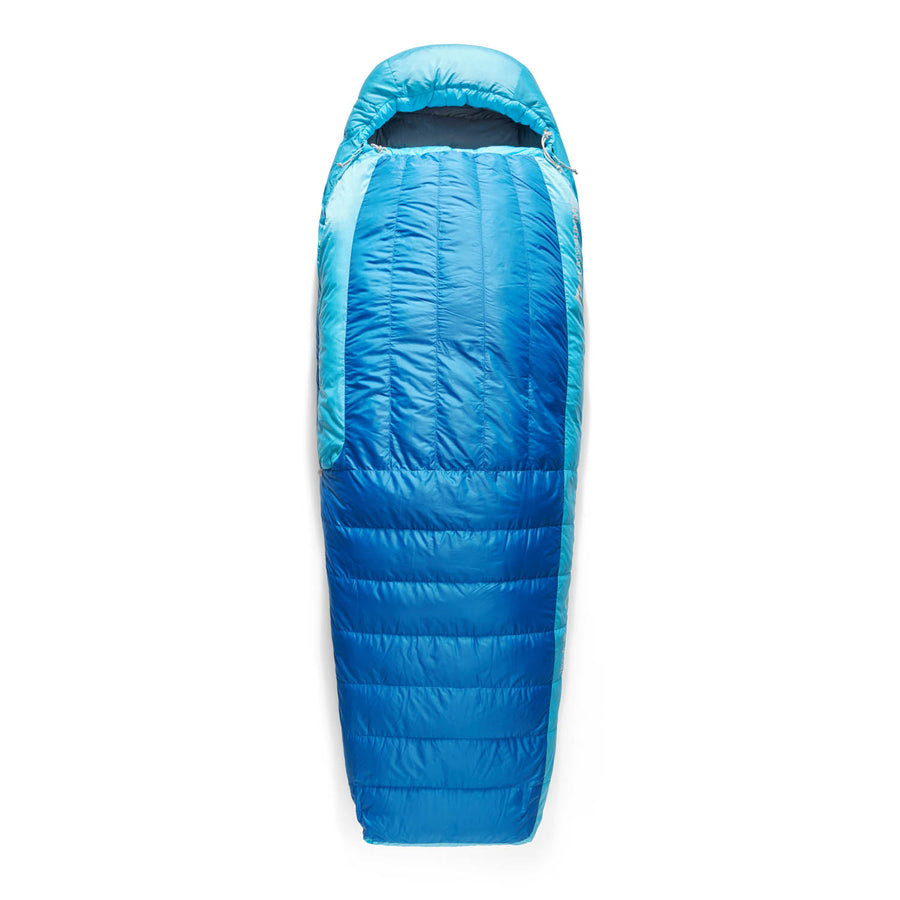
![Frontier Ultralight One Pot Cook Set - [3 Piece]](http://seatosummit.com.au/cdn/shop/files/FrontierULOnePotCookSet1P3Piece1.3LPotWithS-BowlandCup_ACK027031-122114_PRIMARY-1200x1200-9c6bd91.jpg?v=1749433473&width=900)
![Frontier Ultralight One Pot Cook Set - [3 Piece]](http://seatosummit.com.au/cdn/shop/files/FrontierULOnePotCookSet1P3Piece1.3LPotWithS-BowlandCup_ACK027031-122114_ADDITIONAL_1-1200x1200-9c6bd91.jpg?v=1749433473&width=900)
